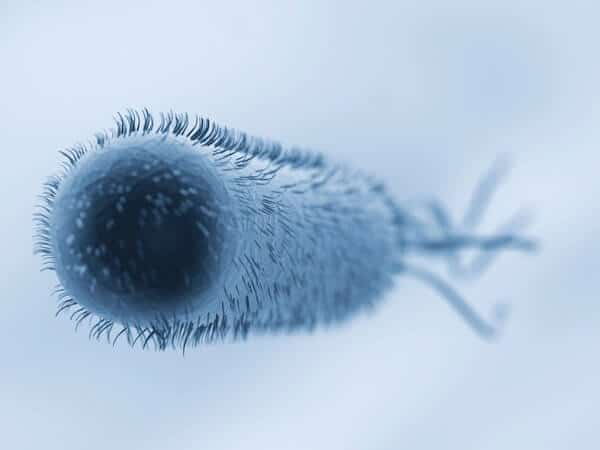The overuse of antibiotics has created strains of bacteria resistant to medication, making the diseases they cause difficult to treat, or even deadly. But now a research team at the University of Rochester has identified a weakness in at least one superbug that scientists may be able to medically exploit.
Biologists Gloria Culver at Rochester and Keith Connolly, now at Harvard University, thought one key to stopping the bacteria may lie with proteins, so they studied the mechanism behind the development of bacterial ribosomes—the cell’s protein-manufacturing machine.
“We targeted the ribosomes in our research because cells and organisms can’t live if they don’t make proteins, and they can’t make proteins if their ribosomes aren’t functioning properly.” said Culver.
Culver and Connolly specifically worked with cultures of E. coli, a bacteria commonly found in the intestines. While E. coli is usually harmless, some strains are resistant to antibiotics and can cause serious food poisoning.
They discovered that two proteins already present in E. coli cells—RbfA and KsgA—need to be in balance with each other in order for ribosomes to function. If those proteins are present in the wrong concentrations, the ribosomes will not mature properly and will be unable to produce proteins, leading to the death of the cells. Their findings are being published this week in the journal Molecular Microbiology.
Culver said with the discovery that KsgA and RbfA.must be balanced for the cells to function properly, the next goal is to determine an effective way to disrupt that balance.
Crucially, RbfA does not exist in humans. “That may make it possible,” Culver said,” to kill E. coli without having a harmful effect on people.”
Eric Brown, a professor of biochemistry and biomedical sciences at McMaster University in Hamilton, Ont., calls their work creative and scholarly. “Ribosome assembly represents a rich target for much needed antibacterial drugs to treat drug-resistant infections,” said Brown, “and this work offers new and important insights into the process.”
Culver explained the role the proteins play in ribosome maturation. A healthy ribosome is made up of two compartments—or subunits—that must come together only when each one is mature. An overabundance of RbfA hurries the process along, which could result in an ineffective structure. The job of the KsgA is to bind with the smaller of the compartments, preventing the formation of the ribosome until both parts are ready.
Culver says RbfA and KsgA belong to “the chicken or the egg” category of microbiology. While they’re essential to the development of ribosomes, the ribosomes themselves are needed to create proteins, including the RbfA and KsgA. She calls it an ongoing and intriguing question for biologists.
If our reporting has informed or inspired you, please consider making a donation. Every contribution, no matter the size, empowers us to continue delivering accurate, engaging, and trustworthy science and medical news. Independent journalism requires time, effort, and resources—your support ensures we can keep uncovering the stories that matter most to you.
Join us in making knowledge accessible and impactful. Thank you for standing with us!

